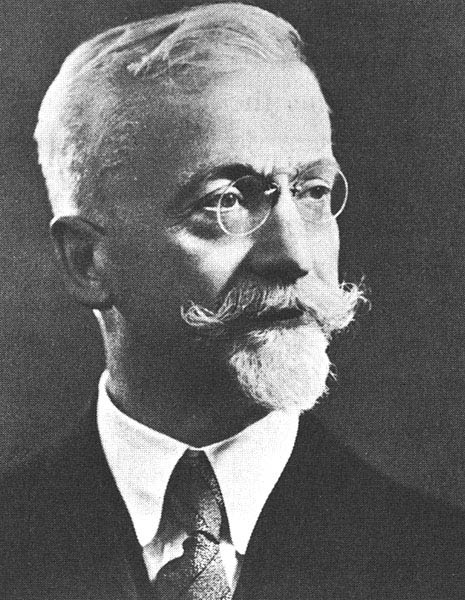<Back to Index>
- Mathematician Élie Joseph Cartan, 1869
- Composer Paolo Tosti, 1846
- King of Afghanistan Mohammed Nadir Shah, 1883
PAGE SPONSOR

Élie Joseph Cartan (9 April 1869 – 6 May 1951) was an influential French mathematician, who did fundamental work in the theory of Lie groups and their geometric applications. He also made significant contributions to mathematical physics, differential geometry, and group theory. He was the father of another influential mathematician, Henri Cartan.
Élie Cartan was born in the village of Dolomieu, Isère, the son of a blacksmith. He became a student at the École Normale Supérieure in Paris in 1888 and obtained his doctorate in 1894. He subsequently held lecturing positions in Montpellier and Lyon, becoming a professor in Nancy in 1903. He took a lecturing position at the Sorbonne in Paris in 1909, becoming professor there in 1912 until his retirement in 1940. He died in Paris after a long illness. By his own account, in his Notice sur les travaux scientifiques, the main theme of his works (numbering 186 and published throughout the period 1893 – 1947) was the theory of Lie groups. He began by working over the foundational material on the complex simple Lie algebras, tidying up the previous work by Friedrich Engel and Wilhelm Killing.
This proved definitive, as far as the classification went, with the
identification of the four main families and the five exceptional
cases. He also introduced the algebraic group concept, which was not to be developed seriously before 1950. He defined the general notion of anti - symmetric differential form, in the style now used; his approach to Lie groups through the Maurer – Cartan equations required 2-forms for their statement. At that time what were called Pfaffian systems (i.e. first - order differential equations given
as 1-forms) were in general use; by the introduction of fresh variables
for derivatives, and extra forms, they allowed for the formulation of
quite general PDE systems. Cartan added the exterior derivative, as an entirely geometric and coordinate - independent operation. It naturally leads to the need to discuss p-forms, of general degree p. Cartan writes of the influence on him of Charles Riquier’s general PDE theory. With
these basics — Lie groups and differential forms — he went on to
produce a very large body of work, and also some general techniques
such as moving frames, that were gradually incorporated into the mathematical mainstream. In the Travaux, he breaks down his work into 15 areas. Using modern terminology, they are these: